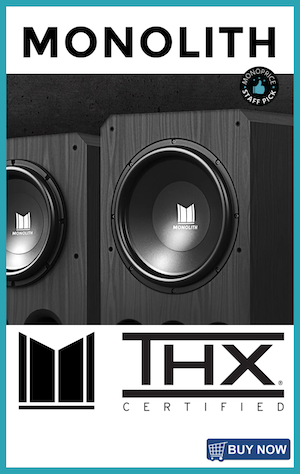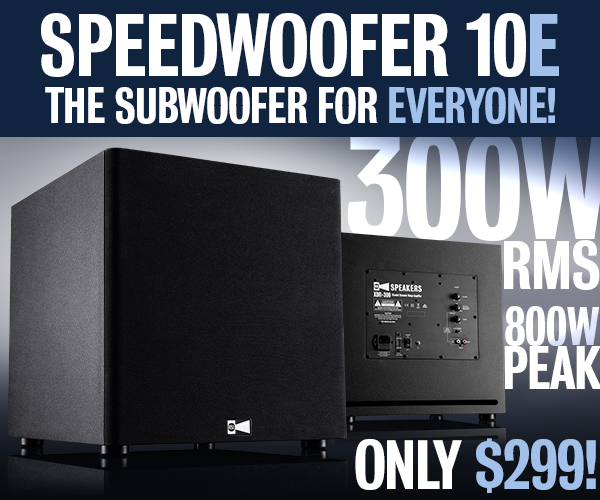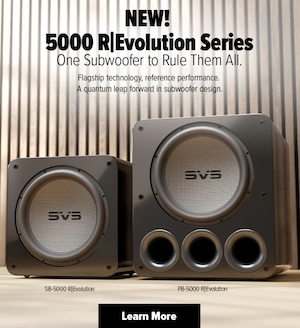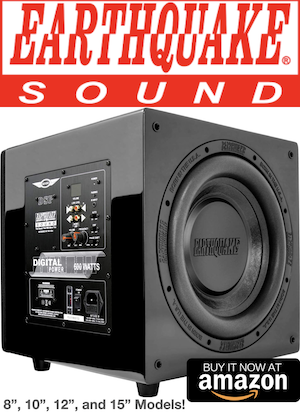With me it’s the same basic idea as @ddude003 , just with a less elegant set of tools than he’s using.Here's a question for those of you using REW and a miniDSP or similar device.. Do you EQ your subs flat or do you use a Harmon curve, the output level drop from 30Hz to 80 Hz by 10db. I've been using them and find the sound very natural, not bass heavy at all. I use it for both HT and 2 channel applications. I tend to bump the levels on the AVR for HT cause I love good vibrations
With Dirac I use a 0.5dB per octave slope. (Approximately 5dB down from 20Hz to 20kHz)
To that I’ll add dynamic loudness at low volumes courtesy of the HTP-1 processor. And I’ll also use bass and treble controls at times to adjust the tonal balance to taste. Another feature of the HTP-1 which also allows for selection of the knee frequencies.












